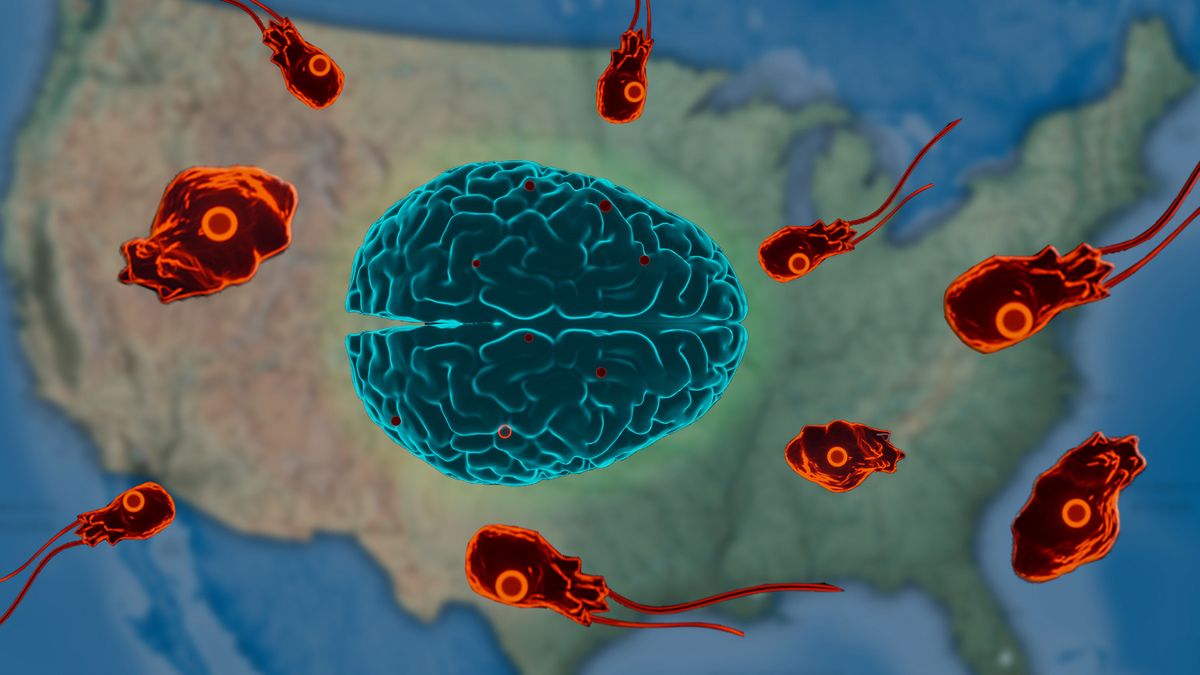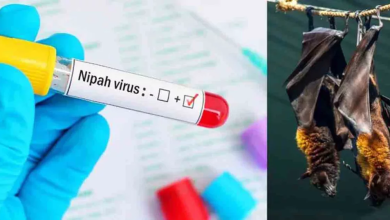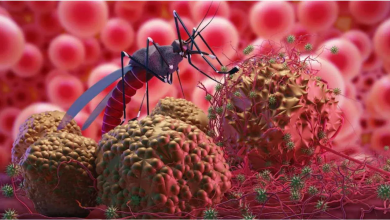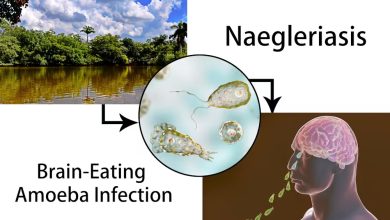The occurrence of death resulting from brain-eating amoebas, particularly Naegleria fowleri, can be a tragic outcome. To comprehend why such fatalities occur, it is important to explore the nature of these amoebas and their impact on the human body. By gaining an understanding of the underlying mechanisms, we can appreciate the gravity of these infections and the importance of prevention and early intervention.

1. Invasion of the Brain:
When a brain-eating amoeba enters the human body, it typically gains access through the nose, often during activities involving water exposure. From there, the amoeba migrates through the nasal passages, reaching the brain. Once in the brain, the amoeba causes a severe and rapidly progressing infection known as primary amebic meningoencephalitis (PAM). The invasion of the brain tissue by the amoeba leads to devastating consequences.
2. Destruction of Brain Tissue:
Naegleria fowleri has a remarkable ability to thrive in the warm environment of the brain, where it feeds on brain tissue and proliferates rapidly. This process results in the destruction of vital brain cells and triggers an intense inflammatory response within the brain. As the infection progresses, the damage to the brain becomes increasingly severe, leading to a decline in neurological function and the manifestation of severe symptoms.
3. Rapid Onset and Progression:
One key factor contributing to fatalities caused by brain-eating amoebas is the rapid onset and progression of the infection. Within a short span of time, often just a matter of days, individuals can experience a significant deterioration in their health. The aggressive nature of the infection, coupled with its ability to rapidly spread and affect critical brain functions, can overwhelm the body’s defenses and lead to fatal outcomes.
4. Limited Treatment Options:
Another challenge in combating brain-eating amoeba infections is the limited availability of effective treatments. The rarity of these infections makes it difficult to conduct extensive clinical trials and develop targeted therapies. Current treatments primarily focus on antifungal medications and supportive care to manage symptoms and reduce brain swelling. Unfortunately, even with prompt treatment, the infection’s rapid progression and the extensive damage it causes can be difficult to overcome.
5. Importance of Early Intervention:
Given the gravity of brain-eating amoeba infections, early intervention becomes paramount. Recognizing the symptoms associated with these infections and seeking medical attention promptly are crucial steps in improving outcomes. However, due to the rapid progression of the infection, fatalities can occur even with early intervention, underscoring the need for heightened awareness and preventive measures.
Conclusion:
Death resulting from brain-eating amoebas occurs due to the invasive nature of these organisms, their ability to destroy brain tissue, rapid onset and progression of the infection, limited treatment options, and the challenges associated with early intervention. Understanding the gravity of these infections highlights the importance of preventive measures, such as avoiding water sources where these amoebas thrive and promptly seeking medical attention when symptoms arise. By prioritizing prevention and education, we can strive to reduce the occurrence of fatalities caused by brain-eating amoebas and protect public health.




